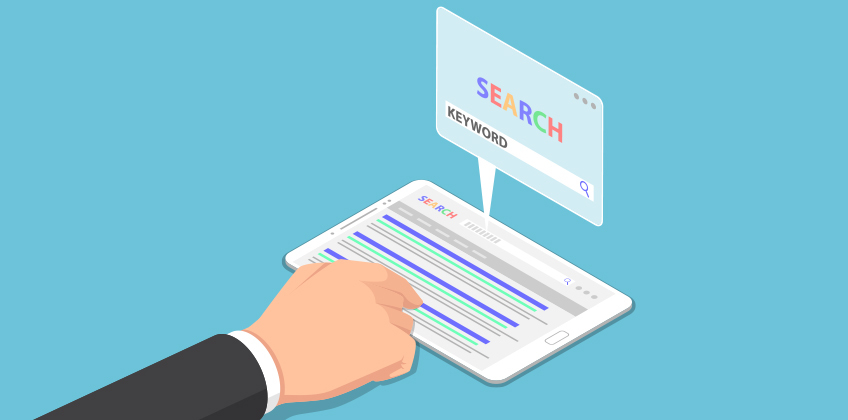With the rapid increase in digital data, managing information in an eco-friendly way has become crucial. Deleted after reading is an innovative approach that helps reduce the environmental impact of information accumulation.
Reduces energy consumption and carbon footprint
Storing digital data requires massive data centers that consume huge amounts of electricity. These data centers have a significant carbon footprint due to their energy usage. A 2020 study found that data centers account for about 1% of global electricity demand. With the deleted-after-reading approach, information is purged after it has served its purpose. This reduces the need for extensive data storage and cuts down electricity consumption and emissions substantially. Organizations decrease their carbon footprint and environmental impact by minimizing unnecessary data hoarding.
Optimizes usage of servers and hardware
As data accumulates, more hardware and servers are needed to store and manage the information. The continuous scaling up of storage leads to e-waste as the equipment gets outdated or replaced. By deleting data that is no longer required, less physical storage space and hardware are needed. Companies optimize their existing infrastructure instead of constantly purchasing new servers. This saves costs and also reduces e-waste.
Frees up cloud storage space
Nowadays, organizations rely extensively on cloud servers to store data. Uncontrolled data accumulation rapidly fills up cloud storage, leading to increased costs and energy consumption. Deleting obsolete data frees up cloud space and reduces the need for additional storage purchases. This saves money for organizations and also minimizes the environmental impact of cloud computing, which remains high due to its high energy demands.
Encourages responsible data practices
The set-and-forget approach to data storage encourages information hoarding without much thought. But deleted after reading promotes more responsible practices by making data disposal an essential part of information management. It encourages questioning if all stored data is really necessary. This allows cutting out superfluous data and leads to leaner, cleaner databases. With responsible deletion habits, organizations become eco-friendlier.
Eases information overload
Excessive data accumulation leads to information overload, which reduces workplace productivity. Workers get overwhelmed and stressed out by cluttered inboxes and databases. With regular deletion of unneeded data, information overload is avoided. This creates a smoother workflow as only relevant data is available. Getting rid of outdated data declutters the workplace, both physically and digitally. Data hoarding prevents new ideas and innovations from emerging. Too much old data makes organizations rigid and averse to change. Deleting unnecessary information promotes agility and new approaches. It makes space for innovative ideas to take root instead of getting lost in oceans of outdated data. Leaner information facilitates faster adaptation to changing times.
Improves data security
is privnote really secure? As data accumulates, the risk of security breaches and data leaks increases. Excessive data also makes monitoring more difficult. Deleting data that is no longer essential improves security. It also allows focusing resources on protecting high-value data. Reasonable deletion limits vulnerabilities and enhances data protection. Managing bloated databases and analyzing large data sets requires extensive time and labor. It also necessitates higher IT budgets for security, storage, and personnel. Deleting unnecessary data saves human effort and time which is redirected to core business functions. It also reduces IT and data management costs. Time and money are used more efficiently when deletion becomes an integral aspect of information management.

